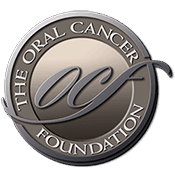Reno Rodeo: Cody Kiser ‘The luckiest guy in the world’
Source: www.rgj.comAuthor: Jordan Wines 2016 Reno Rodeo competitor Cody Kiser has been competing in rodeos from the time he could walk. He began his career riding sheep and roping dummy heads on hay bales. As he grew, so did his competitive spirit. Kiser began riding bulls, but suffered an injury early in his career. "I had a bull step on my face, and I broke all the bones in the left side of my face," Kiser said. "I broke my jaw in two places and had my jaw wired shut. I had to get plastic surgery on my face to get it put back together." After recovering, Kiser began riding bucking horses, bareback specifically. He continued to compete while attending college at the University of Nevada, Reno, where he completed his degree in civil engineering. Splitting time between school and his life on the rodeo circuit presented its own set of challenges. "I did college rodeo for about two years, and I loved it. It just became way too much doing rodeo and school. I would put all my effort into schoolwork during the semester, and then would try to hit a couple of rodeos during school. During summer, I wouldn't take any classes, and I would hit the rodeo as hard as I could, which was still difficult because I had internships and jobs over the summer." Riding bareback is more than just an event for Kiser, as his father also rode bareback competitively, and Kiser still uses some of the same [...]
